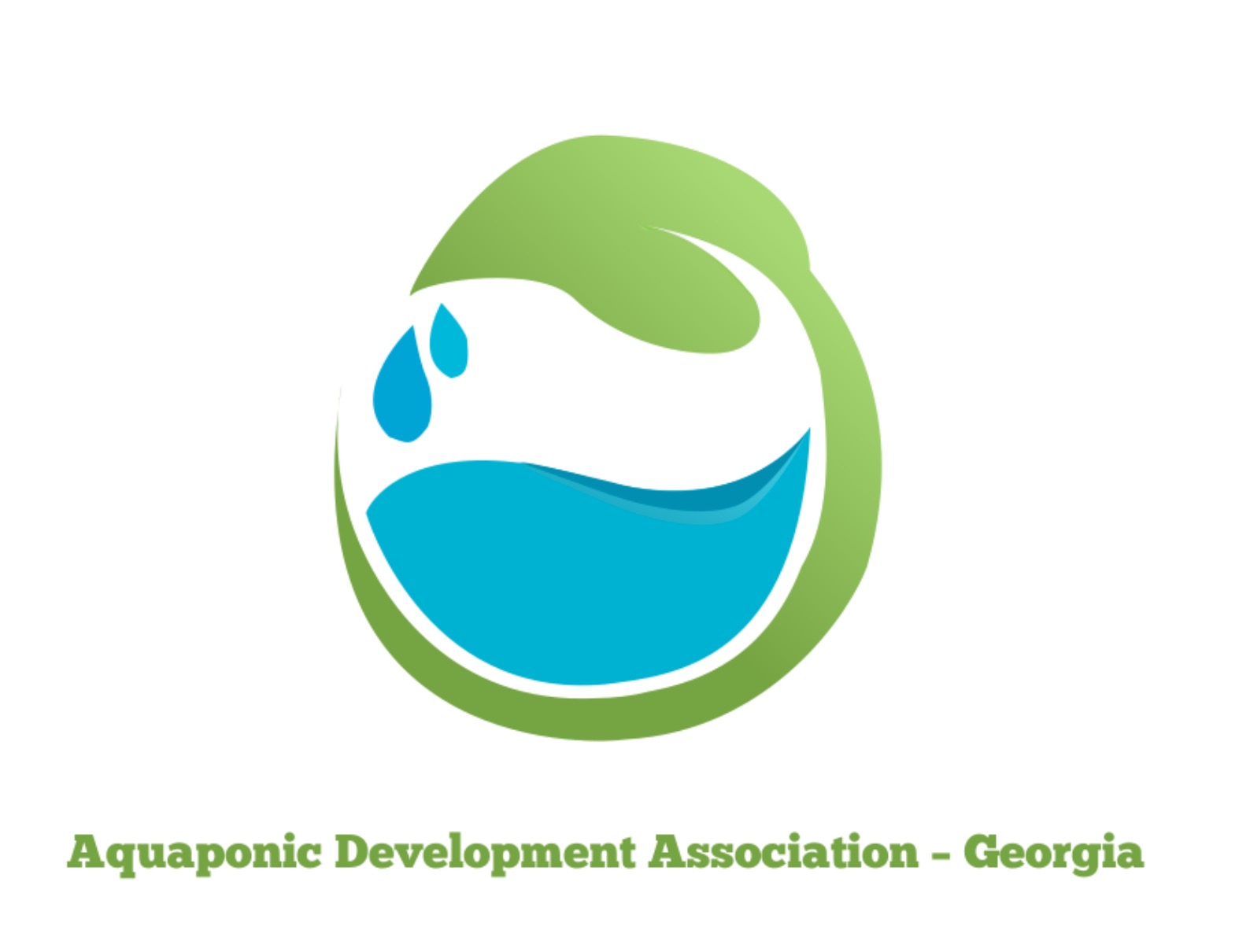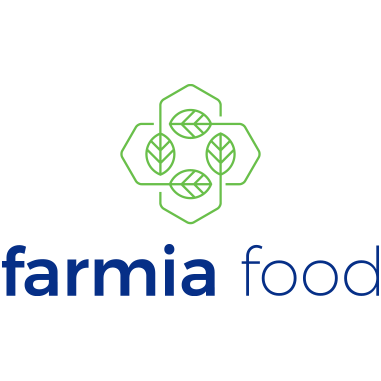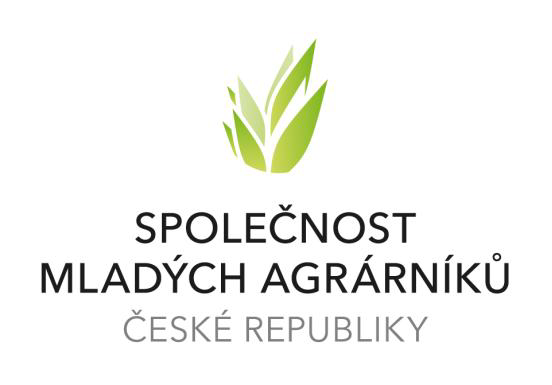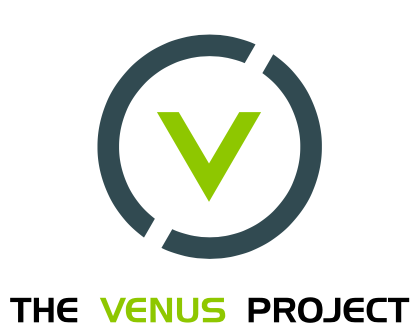Aquaponics is an integrated food production system that combines fish farming and non-soil cultivation. The word aquaponics consists of two main components of this system - aquaculture and hydroponics.
Aquaponics uses water saturated with nutrients from fish farming to grow plants. It is a system that produces plants and fish in the highest quality due to absolute absence of fertilizers and chemicals. Currently there is no cleaner system of fish farming and plant growing.
It is a symbiotic coexistence of fish, plants, and beneficial bacteria that decompose the waste materials excreted by fish and make the nutrients that they contain available to the plants. This nutrient cycle is absolutely natural, and all nature is just the evidence that it works. Aquaponics is millions of years of natural principles combined with modern technology.
From a technical point of view, it is a recirculating system of intensive fish farming in artificial tanks and pumping water into the hydroponic part where the plants take part of nutrients for their growth, the water is biologically and mechanically cleaned and drained into fish tanks. In contrast to conventional fish farming, polluted water does not drain into the environment but is constantly circulating in the system. This is a very ecological way of producing food.
From a biological point of view, it is an almost closed ecosystem that operates on natural principles.
In countries such as the United States of America orAustralia, there are now commercial farms for aquaponic growing, which in this way deliver fresh vegetables and fishto the local market all year round.
This system is spread in many countries around the world. Most of all in the United States and Australia. In Europe only the first projects occur. These may be small enthusiastic attempts, which may not always be a success. Most often, however, we encounter functional gardening systems that can steadily produce vegetables and fish for a small family, thus partially supplementing the need for fresh food. The latest type of aquaponic systems are medium and large commercial systems that produce vegetables and fish meat for sale or restaurants in their area. There are a few differences between small, medium and large systems, but all systems have one thing in common. They are biological processes that allow the long-term functioning of the system with low nutrient, energy and human inputs.
Advantages of Aquaponic System versus Usual Plant Growth in Soil:
● More than 90% less water consumption.
● Up to 10 times higher production per unit area.
● Complete absence of artificial fertilizers and any chemistry.
● Ecological operation (does not burden the environment with polluted water from aquaculture)
● Reduction of the necessary work (absence of weeds, digging, irrigation, higher production of plants and fish per unit area and time).
● Lower incidence of pests.
● Applicable to all climatic areas. The system is very adaptable.
● Highly modular character of the system.
● The system is suitable for year-round cultivation or areas where there is a lack of water or suitable soil.
● The system works best in a controlled environment where it is possible to grow year- round regardless of climatic conditions.













